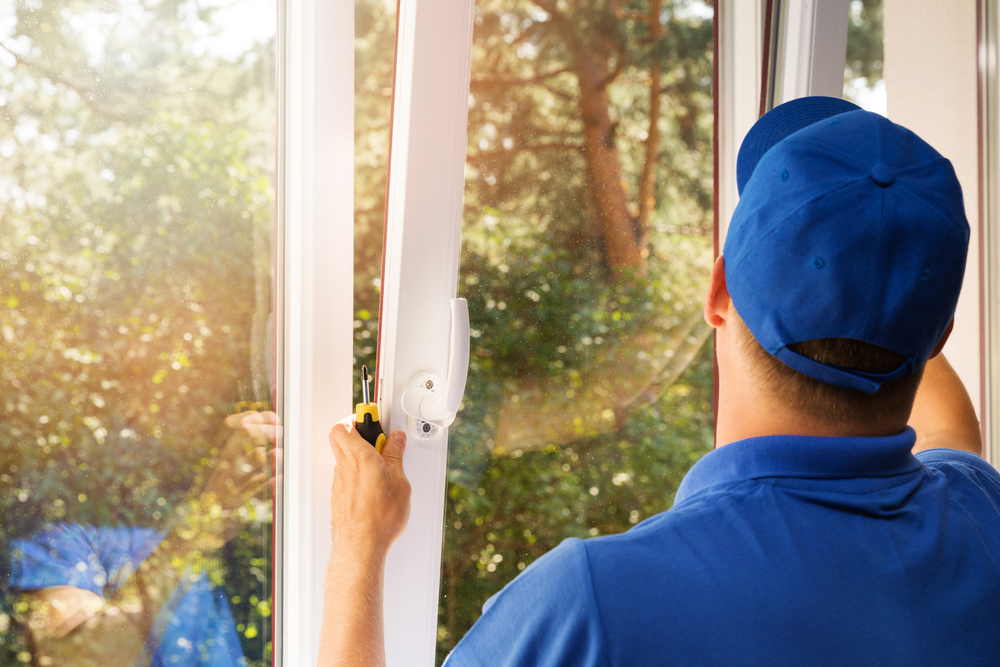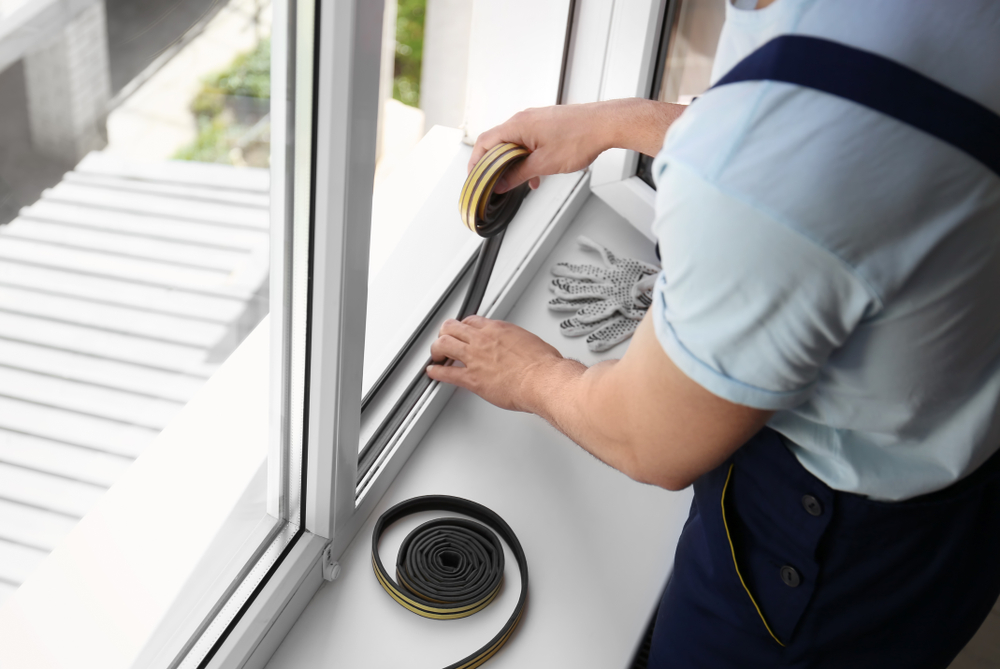What is an Energy-Efficient Window Replacement Program?
Energy-efficient windows can help provide better insulation to lower energy costs for homeowners. Since heating and cooling accounts for a large amount of a home’s energy use, these windows can be impactful in saving energy and money.
Homeowners might have heard about an energy-efficient window replacement program. There isn’t a program strictly for windows, but there are programs designed for low-income homeowners to help them lower their energy use and costs.
About the Energy Efficient Window Replacement Program
The Weatherization Assistance Program (WAP) helps both seniors and low-income households. The program notes that preference is given to:
- Seniors (individuals older than 60)
- Families where a member has a disability
- Families with children
According to Benefits.gov, “If you receive Supplemental Security Income or Aid to Families with Dependent Children, you are automatically eligible to receive weatherization services.”
Qualifying for the program also depends on income. For example, families of four cannot exceed an income of $55,500 before taxes.
WAP includes an energy audit to better understand the home’s energy use and weak points. The website details on how energy efficiency will be improved per the program. The updates and work include more than just energy-efficient windows. Insulation might be added or improved, solar water heaters might be installed, refrigerators might be replaced with an energy-efficient option, etc.

Installing Energy-Efficient Windows
Homeowners that don’t qualify for energy-efficient or weatherization programs or grants could research the costs of installing energy-efficient windows. How much do energy-efficient windows cost?
According to Sears, homeowners might expect to spend between $300 and $1,000 for each window. Those who live in larger homes might find that upgrading all their windows at once might be a serious investment. They might decide to tackle this upgrade one room at a time.
How Much do Energy-Efficient Windows Save?
Homeowners might wonder if the savings of energy-efficient windows is worth the cost. However, the energy savings provided by these more insulated windows could add up. According to ENERGY STAR, homeowners can save anywhere from $ $101–$583 (per year) when they swap out single-pane windows for more efficient windows.
While the savings from swapping out double-pane windows to energy-efficient windows is less drastic ($27 to $197 per year), the upgrade to energy-efficient windows still makes an impact.

How Can Homeowners Increase the Energy-Efficiency of Their Windows?
Homeowners might opt to upgrade only a few windows at a time, or they simply might not yet have the budget to purchase energy-efficient windows. There are a few ways that homeowners can increase the efficiency of their current windows. Try these tips:
- Use window film to add insulation
- Install weather stripping around windows to fill gaps
- Add an awning outside (to block the sun)
- Use blinds or other coverings to keep the rays of the sun from inside the home
While these tips won’t be nearly as money-saving as upgrading windows, the changes can add some additional protection to windows. For example, window film can help insulate windows and keep cold or hot air from the outdoors from putting pressure on the HVAC system.
Blackout curtains also can be used to add more protection over windows. These curtains help block the sun and can help rooms from heating up. Blackout curtains also can help keep furniture and photos from fading.
Use benefyd to Find Other Ways to Save
Homeowners might assume their windows are causing air leaks or their rooms to feel hotter or colder. However, those windows might not be the energy-draining culprit.
To uncover all the possible energy drains in every room, homeowners can download the benefyd app via Google Play or the App Store (it’s free). benefyd will guide homeowners on conducting a home energy audit of their home.
Before using benefyd, homeowners will want to gather up their most recent utility bills. The app will ask homeowners to enter energy use information. In addition, benefyd will require homeowners to take a photo of every room in their home (a home ‘selfie’).
Using the data related to utility consumption and the photos, the app will identify any energy drains and give homeowners tips on how to save money. In addition, benefyd can help homeowners find rebates, too.
Upgrading windows and other features of the home to increase energy efficiency can be an expensive investment. While some homeowners could qualify for grants or programs to increase the energy-efficiency of their home and save money on utility bills, not all homeowners will have access to these programs. However, homeowners can make changes and use apps like benefyd to find ways to decrease the energy waste in their home and save money on utility costs.


